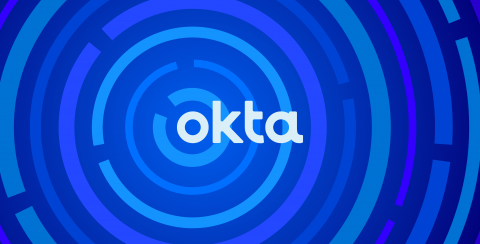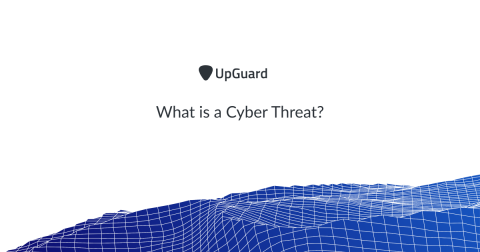Hundreds of millions of Facebook users' phone numbers found lying around on the internet
TechCrunch reports that a security researcher stumbled across an exposed server on the internet containing databases with a total of more than 419 million records related to Facebook users. According to TechCrunch’s reporting, each database record contains a user’s unique Facebook account ID (from which it’s possible to determine a user name) and phone numbers attached to the account.









